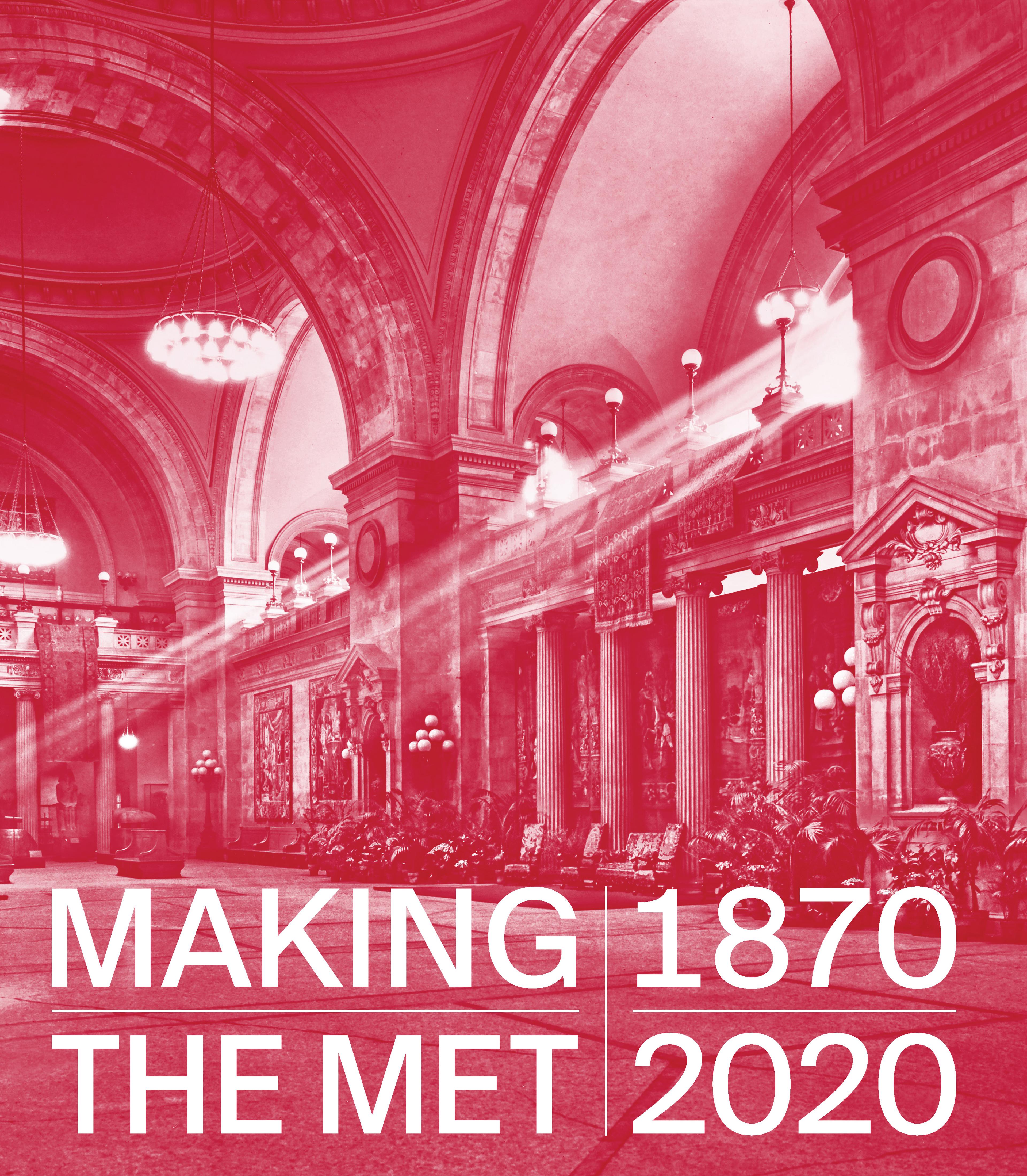Cravat end or rabat
The quality of workmanship in this cravat end is consistent with its presumed exalted provenance. It is said to have been made for the Austrian empress Maria Theresa; given to her daughter the French queen Marie Antoinette; and then passed to the marquis de Chabert, a French admiral and astronomer, after which it descended in his family. The possibility of this association is supported by the crown at center resembling the Austrian archducal crown, though no further proof of the connection has been discovered. Illustrated are the royal pursuit of hunting on horseback and the eighteenth century interest in exoticism, as personified by the bare-breasted female riders wearing feathered headdresses at the center of the piece and the turbaned men reclining toward the bottom. Brussels bobbin lace, often called point d’Angleterre, is worked in parts and joined with a plaited hexagonal mesh called drochel.
Artwork Details
- Title: Cravat end or rabat
- Date: mid-18th century
- Culture: Flemish, Brussels
- Medium: Linen, bobbin lace (point d'Angleterre)
- Dimensions: Overall (confirmed): 13 1/4 × 17 1/16 in. (33.7 × 43.3 cm)
- Classification: Textiles-Laces
- Credit Line: Rogers Fund, 1926
- Object Number: 26.283
- Curatorial Department: European Sculpture and Decorative Arts
More Artwork
Research Resources
The Met provides unparalleled resources for research and welcomes an international community of students and scholars. The Met's Open Access API is where creators and researchers can connect to the The Met collection. Open Access data and public domain images are available for unrestricted commercial and noncommercial use without permission or fee.
To request images under copyright and other restrictions, please use this Image Request form.
Feedback
We continue to research and examine historical and cultural context for objects in The Met collection. If you have comments or questions about this object record, please contact us using the form below. The Museum looks forward to receiving your comments.
